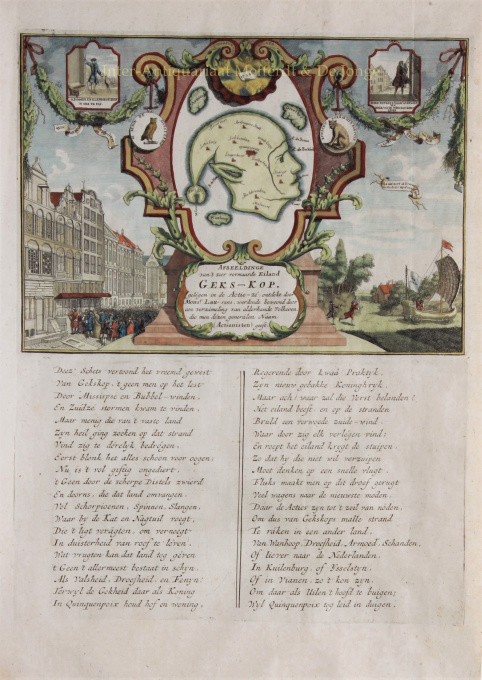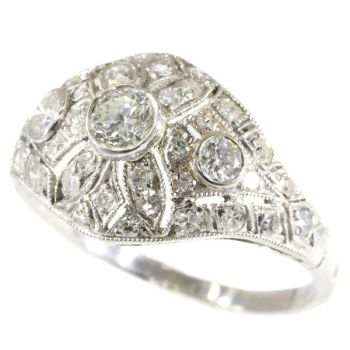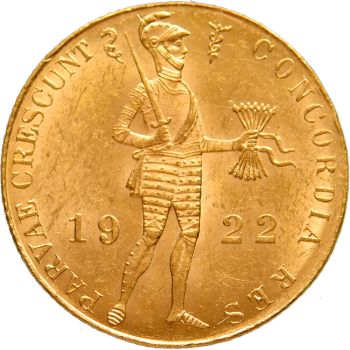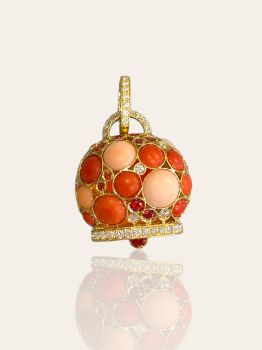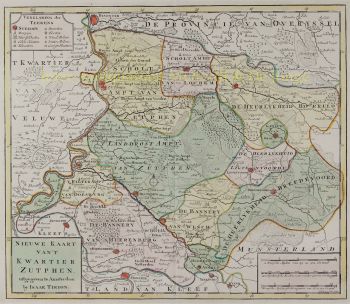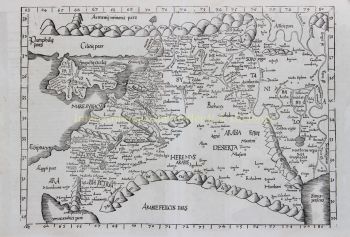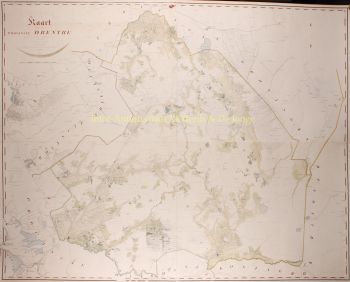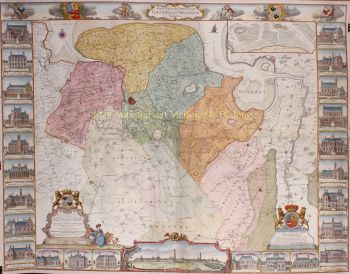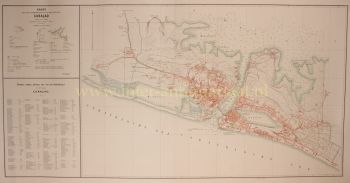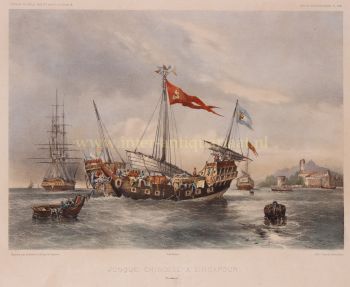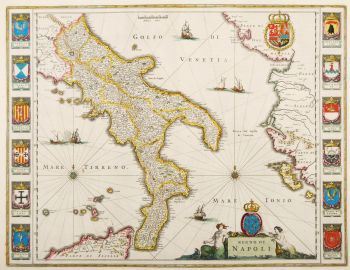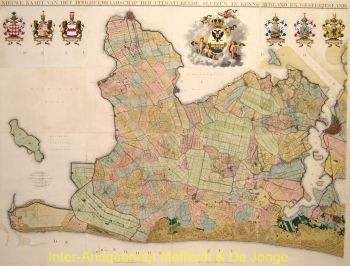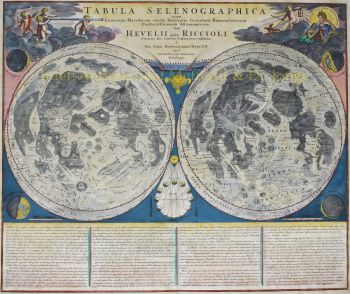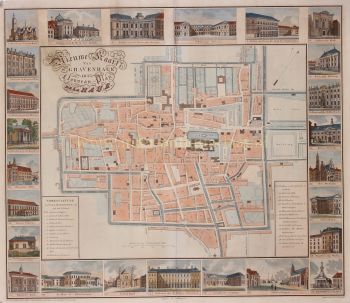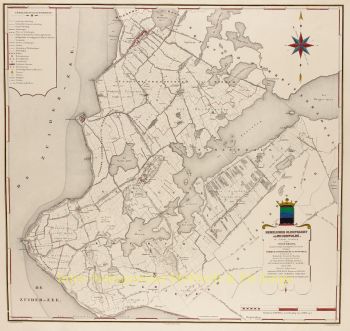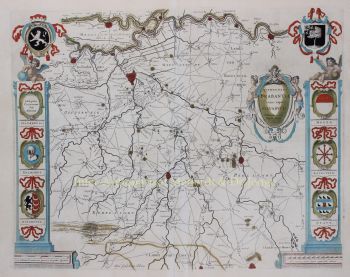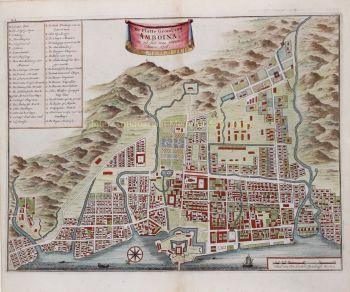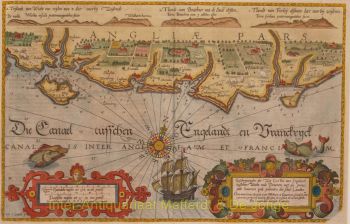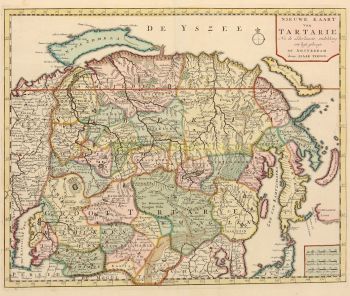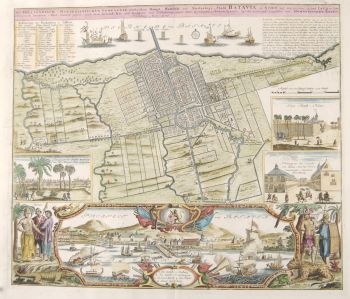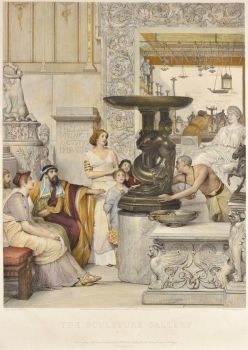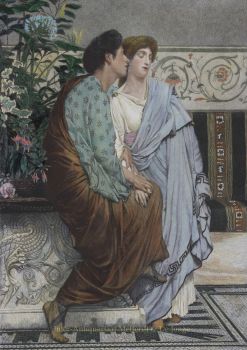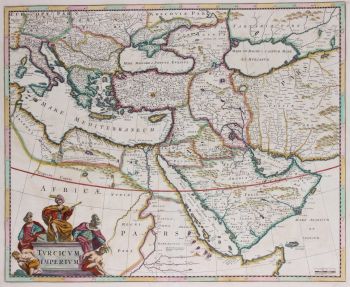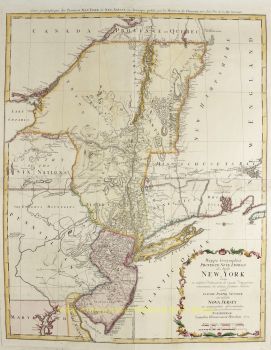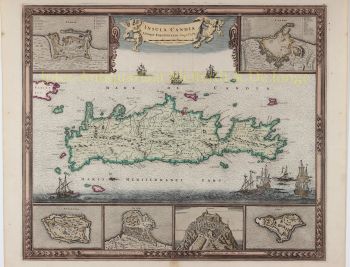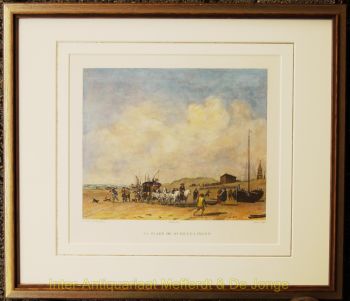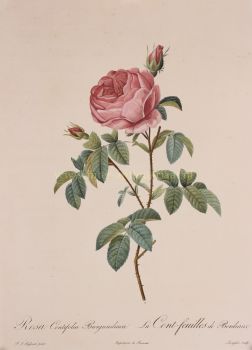Mississippi Bubble, l'île de la tête folle 1720
Artiste Inconnu
€ 1.250
Inter-Antiquariaat Mefferdt & De Jonge
- Sur l'oeuvre d'art“Afbeeldinge van't zeer vermearde Eiland Geks-Kop…”, [Representation of the very famous island of Mad-head, lying in the sea of shares, discovered by Mr. Lawrens, and inhabited by a collection of all kinds of people, to whom are given the general name shareholders.] Copper engraving anonymously engraved and printed in or after 1720 in Amsterdam for Het Groote Tafereel der Dwaasheid… The print satirizes the folly and consequence of the bubble economy created by the Mississippi Scheme and its careless investors. Size 29 x 23 cm. This satirical engraving of the Mississippi Bubble is one of the most famous cartographic curiosities. It represents the collapse of the French Compagnie de la Louisiane d'Occident, founded by the Scottish financier John Law in 1717, which was granted control of Louisiana. Its plans to exploit the resources of the region (the “Mississippi Scheme”) captured the popular imagination and people rushed to invest: share prices opened at 500 livres, but rapidly rose to 18,000 livres. At this point speculators indulged in profit-taking, causing a run on the shares. Confidence collapsed, causing a run on the company’s capital and the company went bankrupt, ruining many, not only in France, but throughout Europe. As a consequence of this failure, confidence in many colonial schemes collapsed, forcing many companies into bankruptcy, including the English South Sea Company and a number in the Netherlands, prompting this satire. The center of the map is an island that takes the form of a traditional fool’s head. It is situated in the “Sea of Shares”, surrounded by the smaller islands of Armoed [Poverty], Droefhyt [Sorrow], and Wanhoop [Despair]. Rivers are used to define the face, the cap, and the donkey ears, and are marked with humorous place names including Bedriegers Stadt [Charlatan City], Leugenburg [Lie Town], Blind Voort [Blind Fort], Sottenburg [Crazy Town], and Bederfwyk [Corrupt Quarter], among others. At the center is the city of Quinqumpoix, named after the street in Paris where John Law maintained his offices. The rivers Seine, Teems [Thames], and Maas [Meuse], are major arteries in those countries most affected by the collapse: France, England, and The Netherlands, respectively. A vignette to the left of the map illustrates angry investors storming the Quincampoix coffee house where stock exchange traders met in Amsterdam. In another to the right, John Law himself flees from angry investors in the direction of Vianen on board a square-rigged land-yacht, itself another absurdity of the period. The map shares the sheet with a second plate, situated below it, that continues to satirize the Mississippi Scheme in verse. Price: EUR 1.250,-
- Sur l'artiste
Il peut arriver qu'un artiste ou un créateur soit inconnu.
Certaines œuvres ne doivent pas être déterminées par qui elles sont faites ou elles sont faites par (un groupe d') artisans. Les exemples sont des statues de l'Antiquité, des meubles, des miroirs ou des signatures qui ne sont pas claires ou lisibles, mais aussi certaines œuvres ne sont pas signées du tout.
Vous pouvez également trouver la description suivante :
•"Attribué à …." A leur avis probablement une oeuvre de l'artiste, au moins en partie
•« Atelier de …. ou « Atelier de » À leur avis, une œuvre exécutée dans l'atelier ou l'atelier de l'artiste, éventuellement sous sa direction
•« Cercle de… ». A leur avis une oeuvre de la période de l'artiste témoignant de son influence, étroitement associée à l'artiste mais pas forcément son élève
•« Style de … ». ou "Suiveur de ...." Selon eux, une œuvre exécutée dans le style de l'artiste mais pas nécessairement par un élève ; peut être contemporain ou presque contemporain
•« Manière de… ». A leur avis une oeuvre dans le style de l'artiste mais d'une date plus tardive
•"Après …." A leur avis une copie (quelle qu'en soit la date) d'une oeuvre de l'artiste
•« Signé… », « Daté… ». ou « Inscrit » À leur avis, l'œuvre a été signée/datée/inscrite par l'artiste. L'ajout d'un point d'interrogation indique un élément de doute
• "Avec signature ….", "Avec date ….", "Avec inscription …." ou "Porte signature/date/inscription" à leur avis la signature/date/inscription a été ajoutée par quelqu'un d'autre que l'artiste
Êtes-vous intéressé par l'achat de cette oeuvre?
Artwork details
Related artworks
- 1 - 4 / 12
- 1 - 4 / 24
- 1 - 4 / 12

